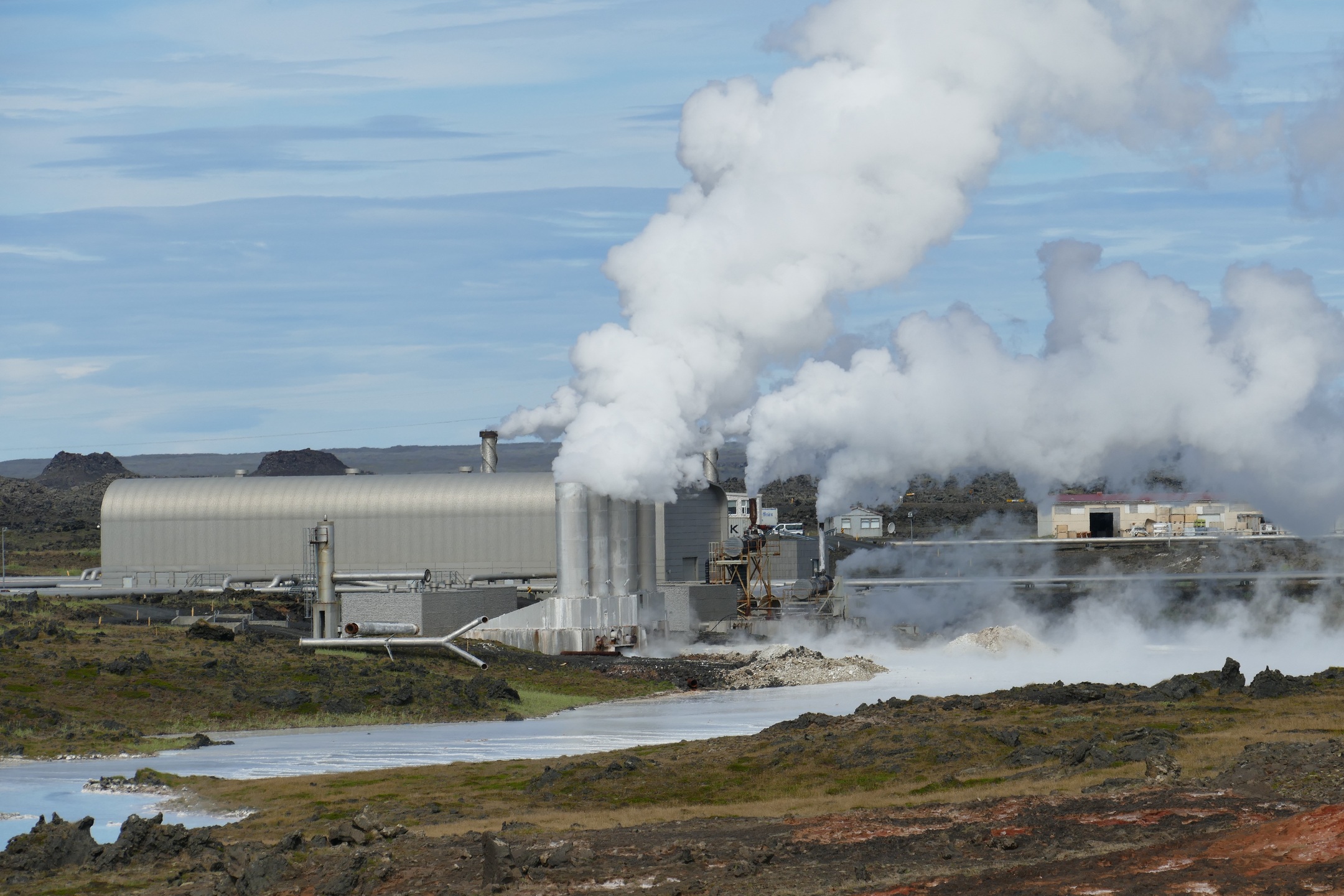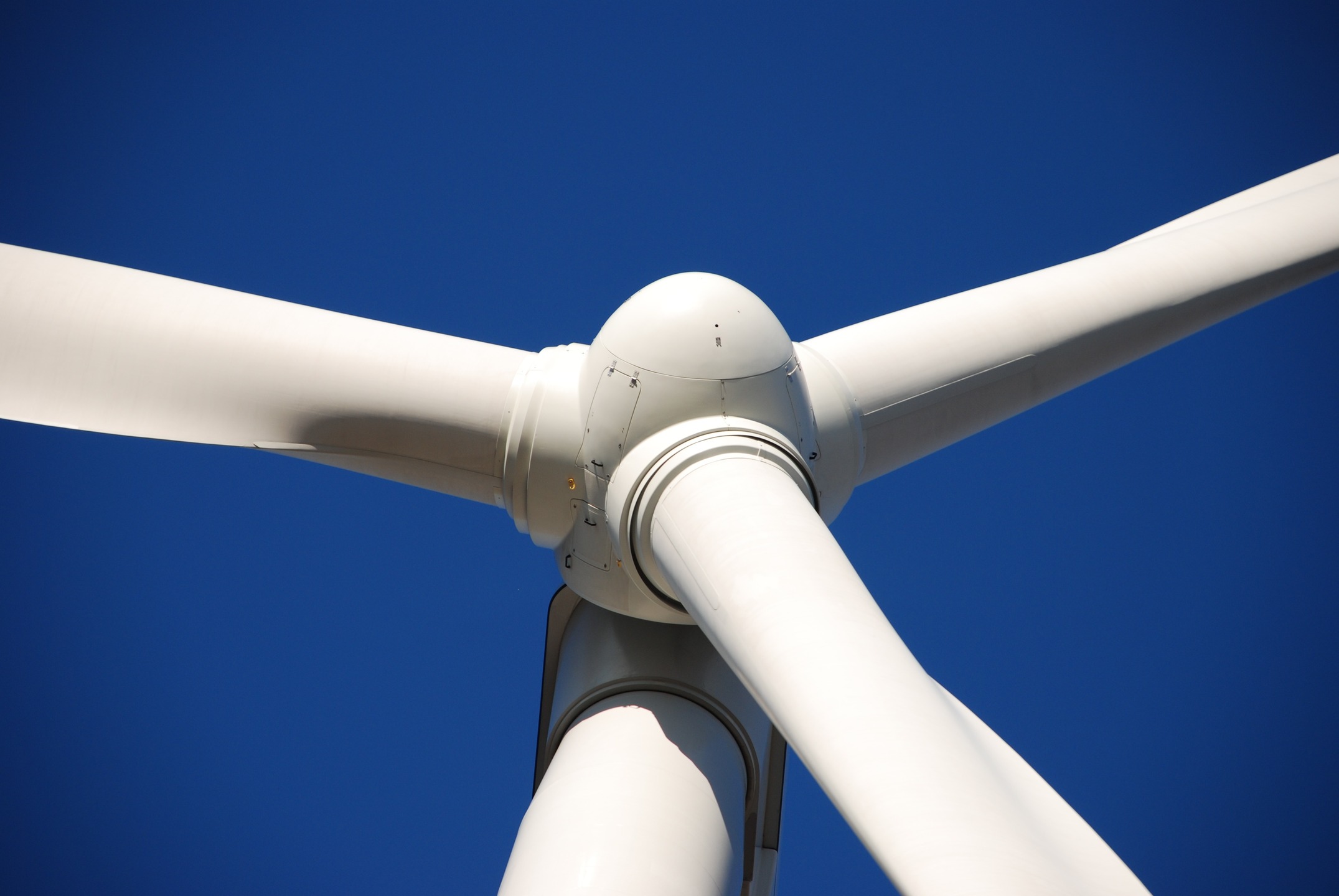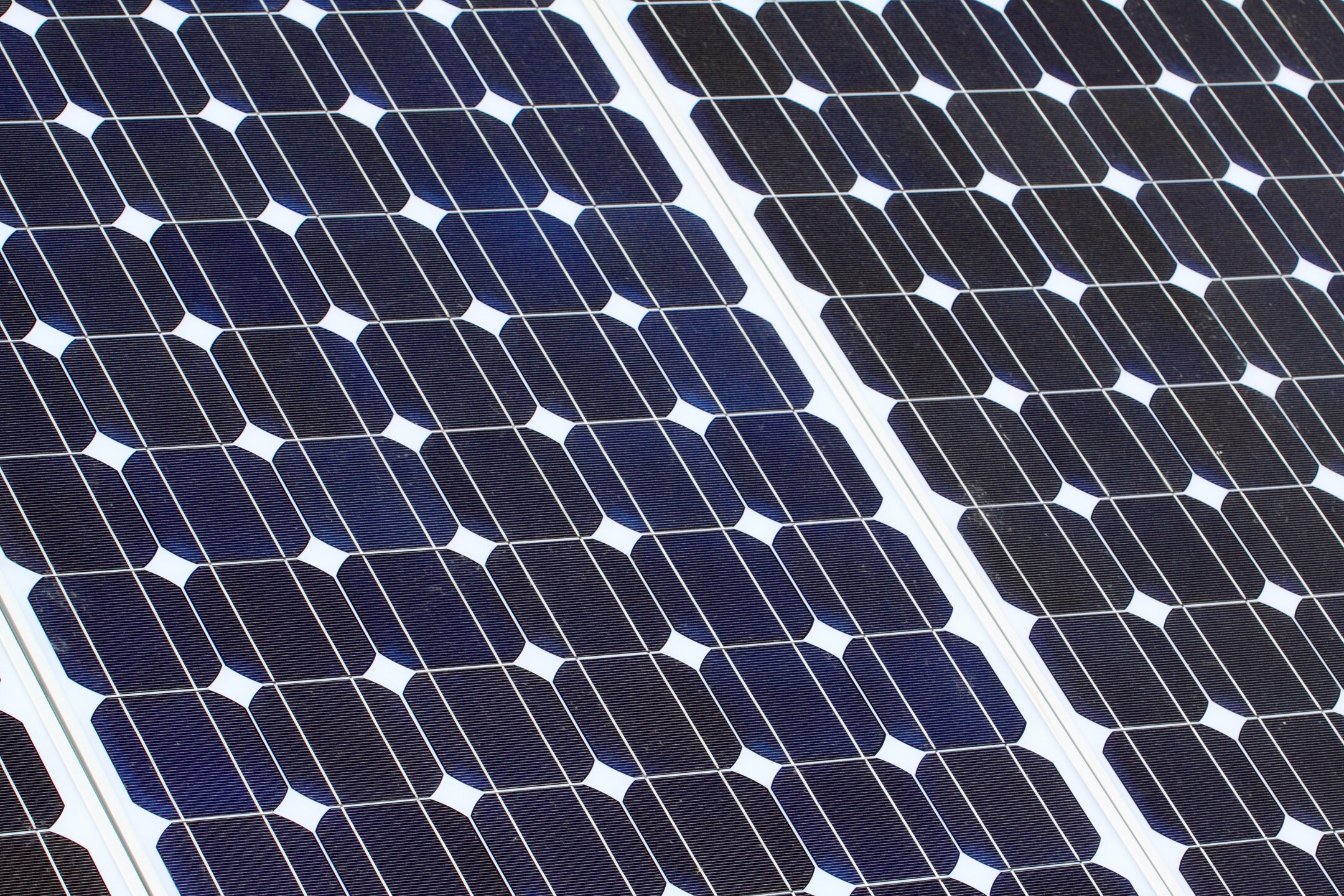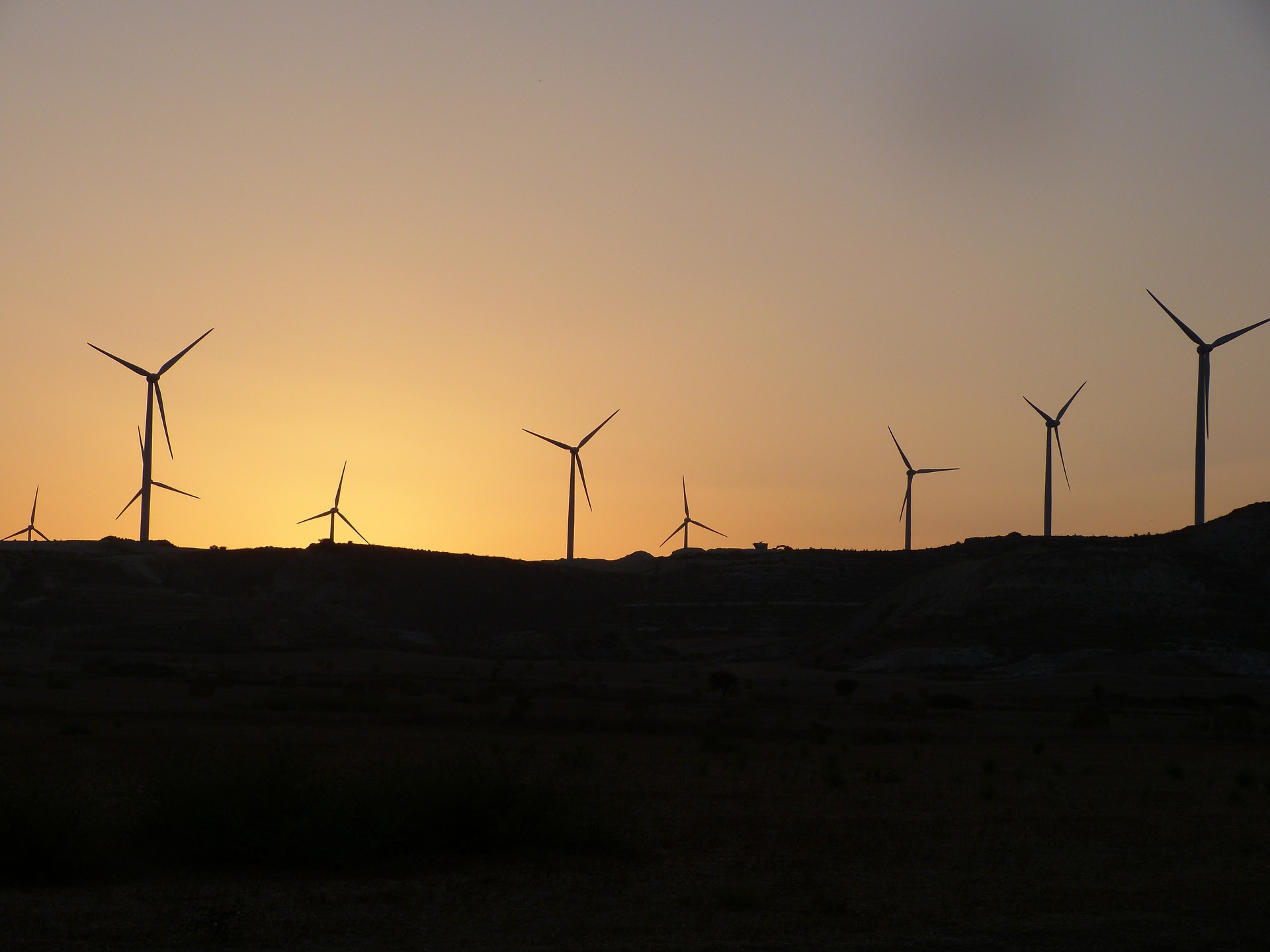Blog, Climate change, Renewable energy
The Evolution of Renewable Energy: A Decade of Progress and Future Prospects
The Evolution of Renewable Energy: A Decade of Progress and Future Prospects
In the past decade, the landscape of renewable energy has undergone a remarkable transformation. Advances in technology, growing environmental awareness, and policy initiatives have propelled the renewable energy sector into new frontiers. This article explores the significant milestones achieved in the last 10 years, delving into the challenges faced and the promising future that lies ahead.
1. Technological Innovations
a. Solar Power:
The solar energy sector has experienced unprecedented growth, with breakthroughs in solar panel efficiency and cost reduction. Improved photovoltaic cell technologies, such as perovskite solar cells, have emerged, promising even higher efficiency levels. Energy storage solutions, like advanced battery technologies, have enhanced the reliability of solar power, enabling around-the-clock energy availability.
b. Wind Energy:
Advancements in wind turbine design and engineering have led to increased energy capture and reduced costs. Offshore wind farms, in particular, have gained prominence, harnessing stronger and more consistent winds. Smart grid technologies have enhanced the integration of wind energy into existing power systems, contributing to a more stable and resilient grid.
c. Energy Storage:
Battery technologies have seen significant improvements, addressing one of the primary challenges of renewable energy – intermittency. The development of high-capacity, long-life batteries has revolutionized energy storage, enabling the efficient use of renewable energy even during periods of low generation.
2. Policy Initiatives and Market Trends
a. Government Support:
Governments worldwide have recognized the importance of renewable energy in mitigating climate change. Substantial policy support, including financial incentives, tax credits, and renewable energy targets, has stimulated investment and innovation in the sector.
b. Corporate Sustainability:
A growing number of corporations are embracing renewable energy to meet sustainability goals. Large-scale investments by tech giants and multinational companies in renewable projects have not only increased the demand for clean energy but have also accelerated the development of large-scale renewable installations.
3. Challenges Faced
a. Intermittency:
Despite advancements in energy storage, the intermittency of renewable sources remains a challenge. Research is ongoing to develop more efficient and cost-effective storage solutions to ensure a stable and reliable energy supply.
b. Infrastructure Development:
The transition to renewable energy requires significant infrastructure development. The expansion of smart grids, upgrading transmission systems, and building new storage facilities are crucial for a seamless integration of renewable energy into the existing energy infrastructure.
4. Future Prospects
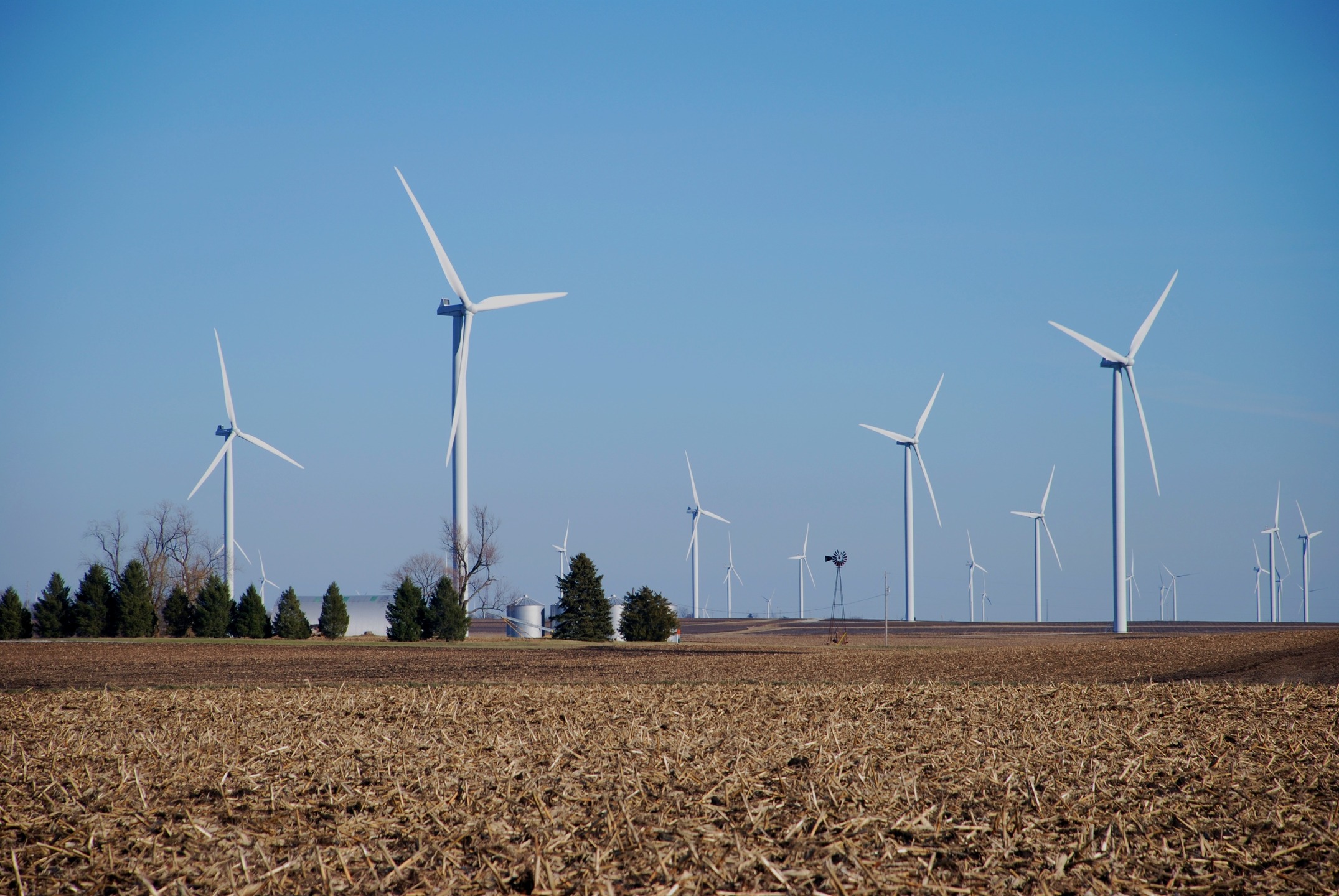
a. Continued Technological Innovation:
The next decade is poised to witness even more groundbreaking innovations in renewable energy technology. Research in materials science, artificial intelligence, and nanotechnology holds the potential to further enhance the efficiency and sustainability of renewable energy systems.
b. Global Collaboration:
Addressing climate change and achieving widespread adoption of renewable energy will require global collaboration. International partnerships and agreements will play a pivotal role in sharing knowledge, technology, and resources to overcome common challenges.
c. Energy Accessibility:
An important focus for the future is ensuring that the benefits of renewable energy reach underserved and remote communities. Initiatives to enhance energy access in developing regions can contribute to both economic development and environmental sustainability.
In conclusion, the evolution of renewable energy over the past decade has been marked by remarkable progress. While challenges persist, the trajectory of innovation, coupled with supportive policies and market trends, indicates a promising future for a cleaner, more sustainable energy landscape. As we embark on the next phase of the renewable energy journey, collaboration and continued investment will be key to realizing the full potential of renewable resources.
